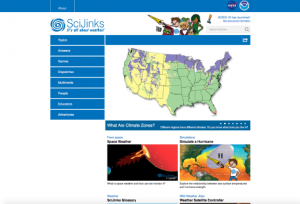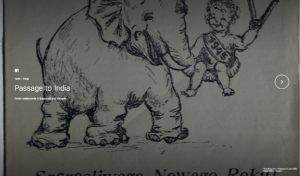Continuing on with my examination of 40 recent book purchases, I moved to "Before You Know It" by John Bargh, psychology professor at Yale. I liked the title right off. Susan Peirce Thompson had mentioned consuming food before you notice what you are doing, before you realize that you didn't intend to eat. A few days later, I found myself doing just that. As I swallowed something I didn't need and had just told myself not to eat, I found I was eating. I was already eating before I knew I was.
I don't see how anybody can be uninterested in what their subconscious mind is up to. I have some other blog posts about the parts of us that operate below the radar of the conscious mind:
http://fearfunandfiloz.blogspot.com/2012/06/thinking-about-unconscioussubconscious.html
I had read a good deal of Bargh's book before beginning the 40 book lookover and since I had about 60% done, I went to it to finish up. I am glad I did.
I hadn't found much about communicating directly with my unconscious. My favorite personal demo of its existence has been tossing scrap paper into the trash can in the room after having moved the can to a new position. When I turn and nearly throw to a place where it no longer is, I ask myself why I did that. Just as I can listen to a piece of classical music and anticipate what the next section will sound like, something in my memory calls up the location of the trash can without having noted that it has been moved.
Bargh ends his book with helpful ideas for harnessing one's unconscious and sending it in the directions one wants. He and others in the US and Germany advise making a specific statement to one's self, in writing and in speech, that when x happens, I will y. They call such a statement an "intention implementation" but you may be able to create a better name. They have evidence from more than 20 years of work that selecting an event x, such as brushing my teeth or setting the table can set up an action y to be taken when that event happens. Scheduling the action to be taken when the event occurs tells the unconscious to plan on it, to do it then, not to forget, and not to resist or argue.
I am glad I have "Before You Know It" and it is going to be useful to have read it.














